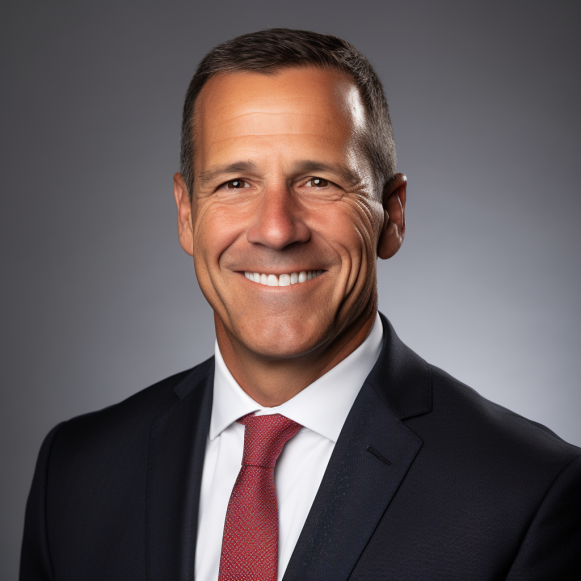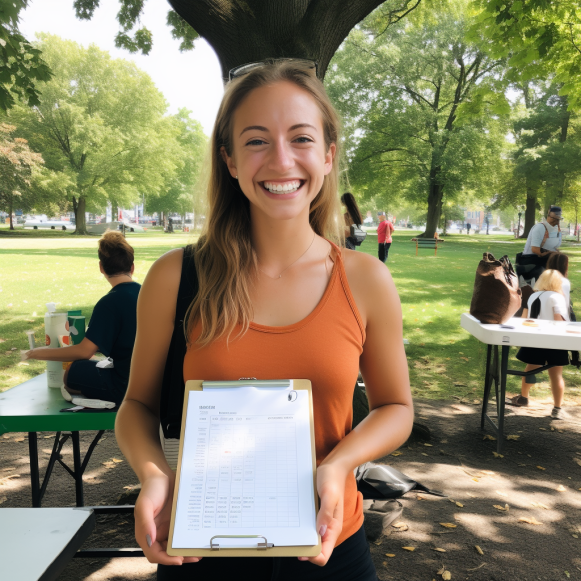Santa Clara County top exec admits county ‘dropped the ball’ in San Jose baby’s fentanyl death

State report says Santa Clara County lawyers overrode social worker decisions to remove children from unsafe homes
SAN JOSE, Calif. – The top executive of Santa Clara County admitted on Saturday that county agencies in charge of protecting children made mistakes by allowing a father with a history of drug abuse to care for his 3-month-old daughter Phoenix Castro, who died of a fentanyl and methamphetamine overdose in May.
“The county dropped the ball,” said County Executive James Williams. “My opinion is that baby Phoenix shouldn’t have been in the care of the father – period.”
During an hour-long interview, the Bay Area News Group pressed Williams on a newly obtained, troubling state report that found the county’s legal office frequently overruled decisions by social workers to remove children from unsafe homes.
Williams, who served as the county’s lead counsel until July, denied that claim, but said the county’s philosophy has shifted as part of an effort to avoid separating families. He wouldn’t say whether it had anything to do with Phoenix’s death.
The report, obtained by the Bay Area News Group on Friday evening, was delivered to the county in February after the state Department of Social Services received “concerns” that the county counsel’s office was making key decisions that could endanger children.
The state said it reviewed multiple cases of children who had been placed in protective custody by law enforcement as part of the investigation, but that the county’s Department of Family and Children’s Services “immediately placed the children back in the care of the unsafe parent.” The report also discovered that social workers were confused and frustrated by the county’s updated “threshold” for removing children.
The report’s revelations come after neighbors recently told this news organization that they called police several times to express their concerns about baby Phoenix being left alone with her father prior to her death on May 13.
Williams, who called some of the state’s findings “extremely alarming,” refused to discuss the case of baby Phoenix. He refused to say whether social workers had asked for the baby’s removal or whether county lawyers had denied the request. He did, however, acknowledge that the county’s assessment of the father’s fitness to take custody of Phoenix was insufficient.
Phoenix was born in February, the same month the state gave the county its report. The infant was exposed to fentanyl and methamphetamines while still in the womb, and her mother, Emily De La Cerda, was sent into drug treatment.
Phoenix’s father, David Castro, was allowed to take the baby home to the couple’s apartment off Blossom Hill Road in South San Jose. Less than a year earlier, the county’s child protection agency had already removed the couple’s two older children, now 3 and 4, from their home.
Williams said he couldn’t explain why the agency deemed the parents unfit to care for those children, but allowed the father to care for the new baby. The county has still not released records, requested by this news organization, about Phoenix’s case.
Four months after baby Phoenix’s death, her mother De La Cerda also died of a fentanyl overdose. And Castro, who had eight previous drug convictions and confided to a neighbor he was addicted to fentanyl, is now in jail facing a charge of felony child endangerment. The day Phoenix died, police found drug paraphernalia and broken glass pipes on the same kitchen counter as the baby’s bottle. It’s unclear how the baby ingested the drugs. The mother was in rehab and wasn’t nursing.
In response to the Bay Area News Group’s inquiries, the county stated last month that “no stone will be left unturned” in its investigation of the troubling case.
It also demanded that the state conduct an investigation into the death of baby Phoenix. County officials did not reveal at the time that the state was already investigating the county’s handling of child welfare cases.
Last year, the state interviewed a dozen social workers, managers, and supervisors as part of that investigation.
Steve Baron, a member of the Santa Clara County Child Abuse Prevention Council who oversaw mediation for hundreds of child abuse and neglect cases in the county, said the state’s findings “can only be considered a scandal.”
He claimed that the county counsel appeared to be playing an outsized role by circumventing the traditional process for removing children from dangerous homes.
“It seems like the county counsel is making decisions … that really relate to the safety of the child,” the attorney said. “And they aren’t qualified to do so.” That is not their job.”
The county defended its prioritization of family reunification in its written response to the state report, claiming that it is “based on increasingly clear evidence demonstrating the significant and lasting trauma children experience with even brief periods of removal from their family.”
Rather than separating families, the goal is to create safety plans and provide services to assist them in stabilizing. County officials noted that repeat referrals for abuse and neglect have decreased since 2019, and are now lower than the state average.
In an ironic twist, the county also told the state in April that “as of the writing of this report,” the county’s Department of Family and Children Services executive team “is unaware of a single instance where a child was determined to be ‘unsafe’… and was subsequently left in the care of the offending parent.”
Phoenix died two weeks later.
The investigation into baby Phoenix’s case comes at a time when the child welfare community is divided over the importance of keeping families together versus the risks of leaving children in unsafe homes.
In an email to county staff in 2021, then-Director Dan Little explained the county’s strong commitment “to racial justice and healing the historical wounds underlying disproportionate representation of children of color in the child welfare system.”
According to the state report, the shift in Santa Clara County to keep more children with their parents has resulted in a dramatic drop in removals in the last two years, from just over 60 removals in August of 2020 to fewer than 20 in February of 2022.
Williams, the county’s top executive who served as chief counsel in the county’s legal office during the Castro case, stated that, to his knowledge, his office “not often” disagreed with social workers’ recommendations to remove children from dangerous homes. However, he stated that social workers within the agency have expressed concerns about the agency’s shift away from separating parents from their children.
“There’s extraordinary passion, I think, on all sides,” Williams said. “What are the best ways to care for children and their families?”
“We want to get better, we want to learn, and we’re deeply troubled.” Nobody I’ve talked to hasn’t been deeply affected by the death of a 3-month-old baby.”





